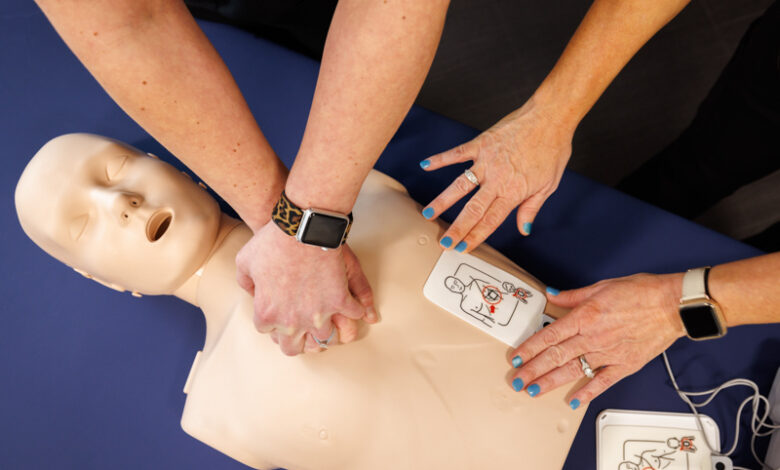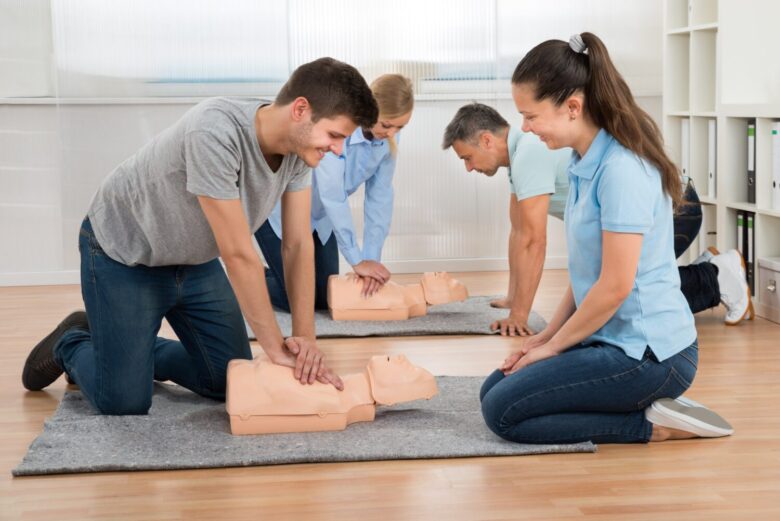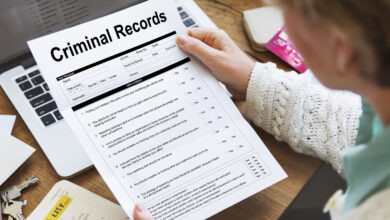
Unlocking Life-Saving Abilities: The Surprising Ease of Learning CPR and AED Usage
In emergencies involving cardiac arrest, immediate intervention can mean the difference between life and death. Learning basic life-saving skills such as Cardiopulmonary Resuscitation (CPR) and Automated External Defibrillator (AED) usage can be crucial. Contrary to popular belief, mastering these techniques is not reserved only for medical professionals. This article will shed light on the surprising ease with which anyone can learn these essential skills.
Why Learning CPR and AED is Vital

Saving Lives in Critical Moments
Every year, thousands of lives are lost due to sudden cardiac arrest. Bystander intervention with CPR and AED can increase the victim’s survival rate by two or three times. Time is of the essence, and knowing what to do can truly make a difference. If you want to know more and get involved, MyCPR NOW is the place to do so.
Accessibility to All
CPR and AED training are widely accessible and available to anyone interested. Many community centers, health organizations, and schools offer classes, making it easy for everyday people to acquire these essential skills.
Understanding CPR
What is CPR?
CPR stands for Cardiopulmonary Resuscitation. It’s a manual procedure that involves chest compressions and rescue breaths to restore blood flow to the brain and heart, buying time until professional medical help arrives.
How Easy Is It to Learn CPR?
Learning CPR is surprisingly simple. The basic steps can be taught in a few hours, and no medical background is required. Regular practice and refresher courses can ensure that the skills remain sharp.
Grasping AED Usage
What is an AED?
An AED, or Automated External Defibrillator, is a portable device that can analyze the heart’s rhythm and deliver an electric shock if necessary to restore normal rhythm. These devices often accompany first aid kits in public places.
AED: A User-Friendly Device
Modern AEDs are designed with the layperson in mind. They come with clear audio and visual instructions, guiding even a first-time user through the process. AED usage can be learned in conjunction with CPR training or as a standalone course.
Empowering Communities Through Education

Promoting Widespread Training
Governments, community organizations, and health bodies must encourage widespread CPR and AED training. It empowers community members to act in emergencies, fostering a sense of collective responsibility.
Integrating Training in Schools
Introducing CPR and AED training in schools ensures that future generations grow up with these vital skills. It also creates a culture where life-saving abilities are valued and honed from an early age.
Final Thoughts
Unlocking life-saving abilities through learning CPR and AED usage is neither complex nor time-consuming. These essential skills can be the bridge between life and death in critical situations. With the surprising ease of acquiring these skills, there should be no barriers to more individuals stepping forward to learn.
With widespread training and awareness, we can create communities that are not only prepared but also empowered to act in the face of cardiac emergencies. The next life saved could very well be that of a friend, family member, or neighbor, and it could be in the hands of an ordinary person equipped with extraordinary skills.




